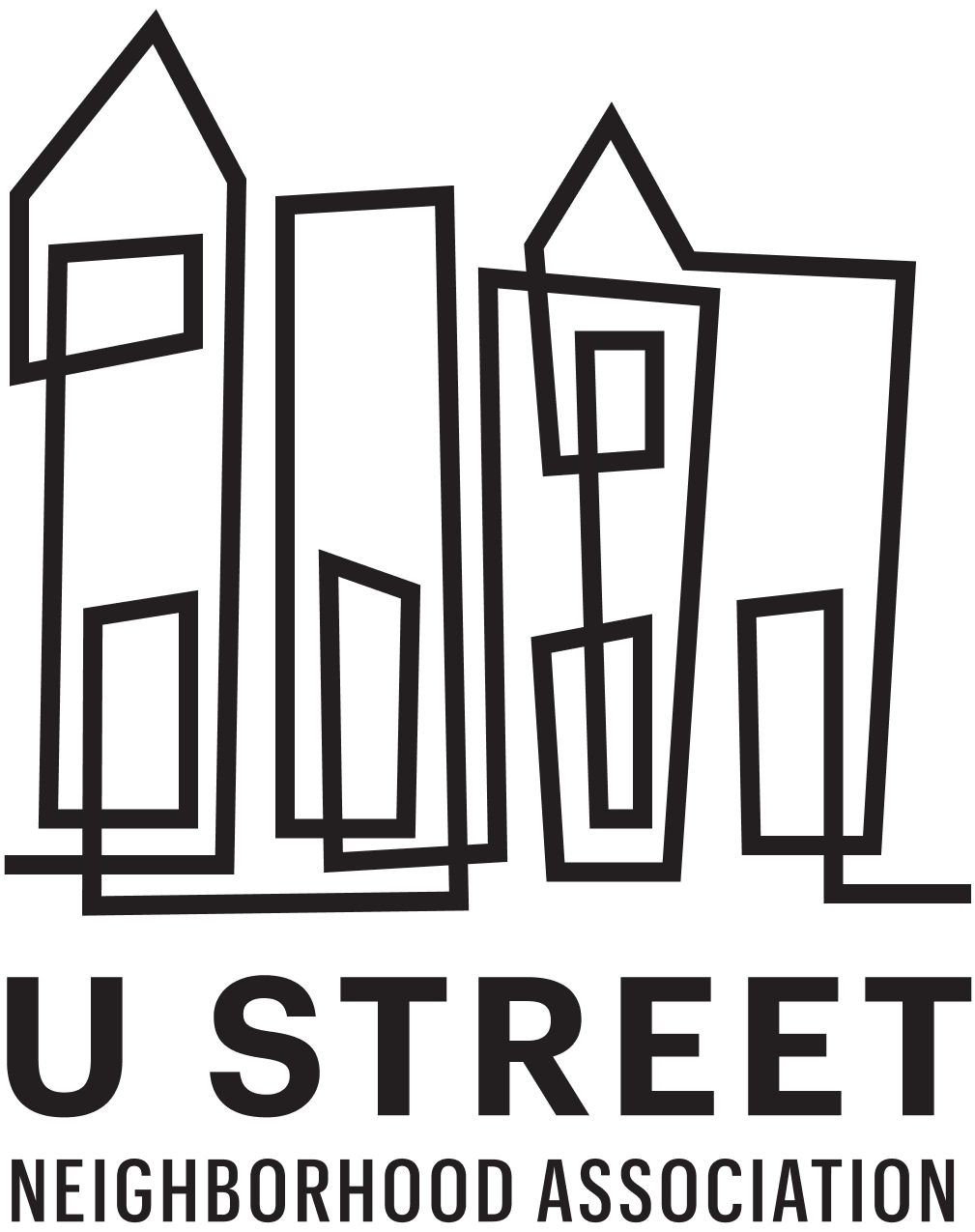
Temperance Alley timeline
Alleyways were introduced into the L’Enfant Plan during the initial years of Washington, DC’s establishment. The “Original Survey of Squares” dated 1793-1796, delineates the original city squares, subdivided by wide and deep lots that public alleys in the center. These alleys were planned to provide access to the rear of the large lots which would likely have had kitchens, stables, carts, wagons, and animals, along with other dependency buildings, equipment and storage areas. (via the Historic Alley Buildings Survey)
The document below is the first mention of the property and land that Temperance Alley sits on. On April 13th, 1797 it is identified as Square 274 of the City of Washington. (Office of the Surveyor Land Record Management System)
In the 19th century, as D.C. began to fill with houses, many of the large, deep lots are subdivided, cutting off the rear of the lots from the public street and creating lots that had frontages solely on the alleyways. Square 274 and Temperance Alley are subdivided into 56 lots on April 13th, 1868 by the proprietors of the land. A man named G.W. Corcoran was the primary proprietor. The subdivision is certified by the Surveyor’s Office (Office of the Surveyor Land Record Management System)
Late 19th century. There was a large influx of black Americans into the city after the Civil War. Property owners made a lot of money by building and renting out cheaply constructed alley houses. These alley dwellings had no indoor plumbing, heat, or sewage systems. Fungus and toadstool grew on the walls. Floors were so rotted they felt soft underfoot. Look closely at the maps below, and you’ll see there were over 20 row houses were built on the now-vacant Temperance Alley. They were home to working-class black families.
1904. Unsanitary conditions attracted the attention of housing and social reformers like Jacob Riis, who visited the alleys and reported his findings to Congress.
“Hidden residential alleys are breeding grounds of vice and disease and should be opened into minor streets.”
1906. The Board for the Condemnation of Insanitary Buildings was created with the goal of condemning alley buildings and converting the city’s alleys into minor streets or parks, eliminating the blind alleys at the interior of the squares.
1934. Congress established the Alley Dwelling Authority (ADA) to eliminate all alley dwellings and to encourage economic redevelopment of the squares. According to the law, no alley houses were to be inhabited after July 1, 1944. The ADA was authorized to purchase or acquire by condemnation any land, buildings, or structures situated in or adjacent to inhabited alleys in D.C.
“Huge chunks of plaster are off the ceiling — two of them fell a couple of weeks ago, knocking one of the little girls senseless — there are nine children in the house. When it rains, great streams of water gush down through the roof ... The mother says, ‘I’ve begged and begged the landlord to fix the roof over the kitchen. I pay $30.40 a month for this.’”
Photograph of children unloading truck in alley in Washington, D.C., Edwin Rosskam photographer, 1941 Library of Congress, Prints & Photographs Collection
1944. Congress postponed abolishment of alley dwellings by 10 years due to the housing shortage after WWII.
1953. The 23 alley dwellings at Temperance Court were razed, and all the former residents had to find new homes. No replacement housing was built. Seventy-three percent of the Temperance Court families had lived there for longer than 12 years. A local woman named Dorothy Fax was able to help some (but not all) find a new place to live. Edward Cole, a resident of Temperance Court for 40 years, contradicted social workers’ claims that everyone wanted to move out of the alley when he said that “the tenants would have to fight any move to oust them.”
“One elderly gentleman stated, ‘Wawl, I’ll tell you mister, of course I lives here because of cheap rent but if I had lots of money I wouldn’t want to move. I knows where I’m at here in the alley. All the folks is colored and I don’t have to watch stepping on a white man’s toes. Most of us is poor and live in bad houses but we have a good time.’”
The relocation efforts destroyed communities and upset tight-knit social relationships. A 48-year-old woman with three children said, “If they’d spend some money and fill in the cracks we could still live here.”
1960. Part of the Temperance Alley property was used as a parking lot.
1987. Duron Paint Store was granted approval to use the land as a parking lot, but it was never constructed.
1999. The Public Welfare Foundation acquired the land from a private owner.
Image courtesy One DC’s history of Temperance Row
2000. The Public Welfare Foundation announced plans to donate land to MANNA after the Shaw community agreed that affordable housing should be developed at Temperance Alley.
2001. MANNA was awarded a $300,000 grant to develop 12 units of affordable housing at Temperance Row, but the Board of Zoning Adjustment denied approval. Read the decision →
“The density of development proposed by the Applicants is too great for the limited amount of land involved and the alley-locked location of the building site, resulting in potential overcrowding and potentially unhealthy conditions.”
2002. MANNA held a farmers' and artist's market on the site. The market was open on Wednesday afternoons for several weeks over the summer and provided much-needed exposure for artists in the area. “It helps me to know what I'm doing right … It encourages me to keep going," said resident Julian Weaver. (via Washington Post)
2008. The Public Welfare Foundation and the Metamorphosis Development Group proposed an affordable housing development project with Gardner Mohr Architects. The single-family town homes envisioned for the site were designed for those making less than 60% of the area median income. (via DC Mud’s article Low Density, Low Income for U Street Lot)
2010. A local non-profit called CityFirst Enterprises acquired Temperance Court with the specific intention to create permanently affordable housing in the District in response to gentrification. (via Washington City Paper’s article “New life for Temperance Court?)
2012. Eastbanc, a real estate development firm, acquired Temperance Court and the building at 1250 U Street. They are currently planning to develop a 105 foot apartment building and hotel complex in 2023, pending approval from the Board of Zoning Adjustment.
2020. The U Street Neighborhood Association obtained a three-year sublease of Temperance Court from Eastbanc and began designing a garden park.
Photo credit: Danielle Towers













